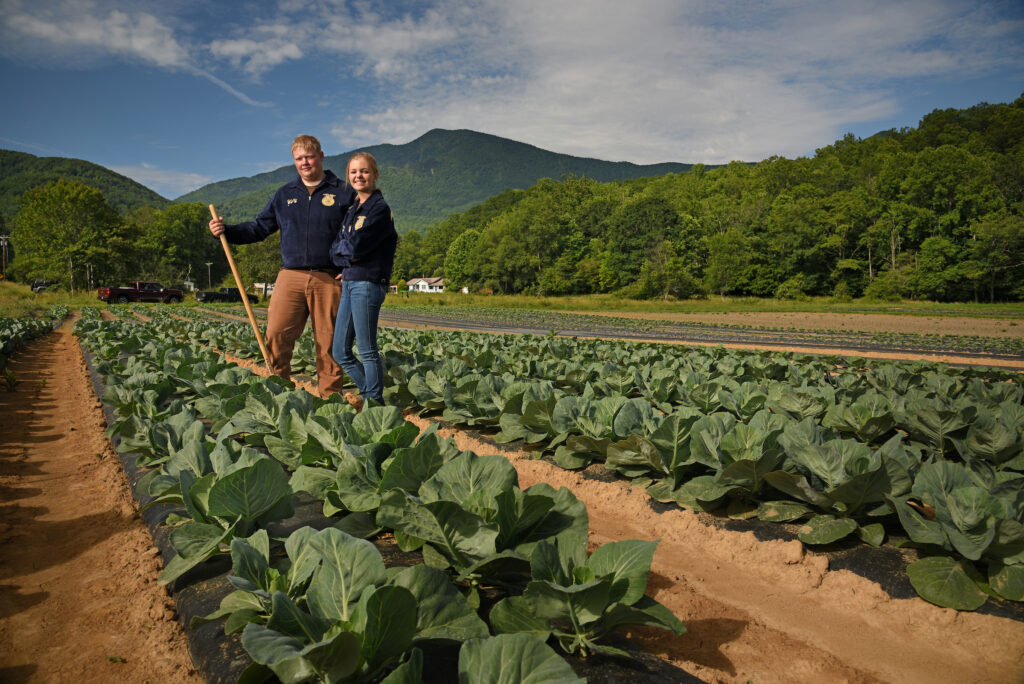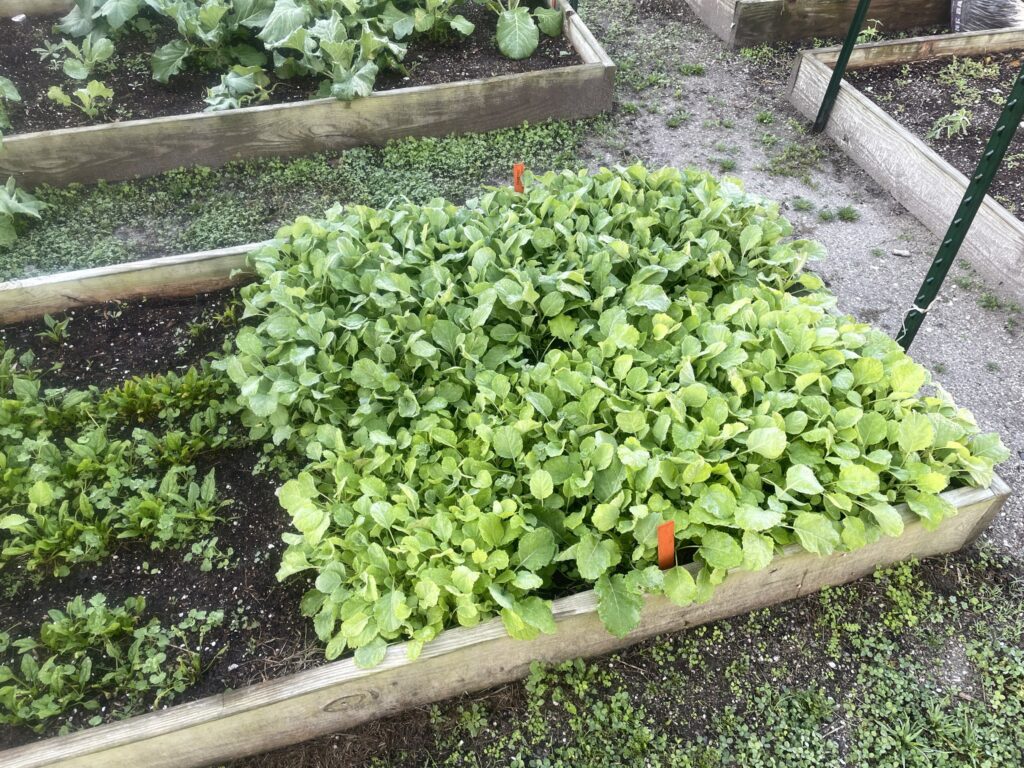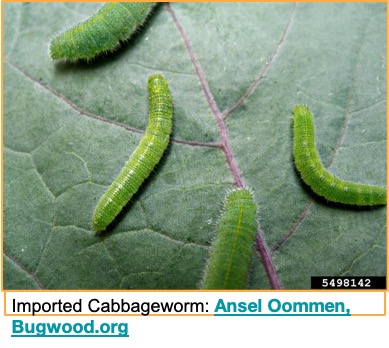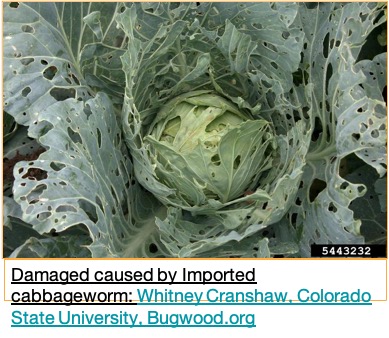Fall Collards – It’s Time to Plant!
go.ncsu.edu/readext?1089231
en Español / em Português
El inglés es el idioma de control de esta página. En la medida en que haya algún conflicto entre la traducción al inglés y la traducción, el inglés prevalece.
Al hacer clic en el enlace de traducción se activa un servicio de traducción gratuito para convertir la página al español. Al igual que con cualquier traducción por Internet, la conversión no es sensible al contexto y puede que no traduzca el texto en su significado original. NC State Extension no garantiza la exactitud del texto traducido. Por favor, tenga en cuenta que algunas aplicaciones y/o servicios pueden no funcionar como se espera cuando se traducen.
Português
Inglês é o idioma de controle desta página. Na medida que haja algum conflito entre o texto original em Inglês e a tradução, o Inglês prevalece.
Ao clicar no link de tradução, um serviço gratuito de tradução será ativado para converter a página para o Português. Como em qualquer tradução pela internet, a conversão não é sensivel ao contexto e pode não ocorrer a tradução para o significado orginal. O serviço de Extensão da Carolina do Norte (NC State Extension) não garante a exatidão do texto traduzido. Por favor, observe que algumas funções ou serviços podem não funcionar como esperado após a tradução.
English
English is the controlling language of this page. To the extent there is any conflict between the English text and the translation, English controls.
Clicking on the translation link activates a free translation service to convert the page to Spanish. As with any Internet translation, the conversion is not context-sensitive and may not translate the text to its original meaning. NC State Extension does not guarantee the accuracy of the translated text. Please note that some applications and/or services may not function as expected when translated.
Collapse ▲If you haven’t made plans to plant your fall collards, now is the time to start that process. Collards are a southern staple that can be found on many holiday tables. Packed with vitamin A and K, this easy to grow crop is worth the investment.
Collards as a Cool-Season Crop
Collards are a cool-season crop that grows better during the cooler temperatures of spring and fall. However, to achieve a fall harvest you must start seeding or planting transplants now (July 15- Sept 15). Collards grown in the fall will survive through the winter in Pamlico County, but a higher volume of insect pests are also present during this time.
Preparing Your Soil
Before planting, bring soil pH up to 6.0-6.5 and supply enough nitrogen fertilizer to keep plants green and actively growing.
Soil Testing and Fertility
Changes in soil pH are best achieved with the aid of a soil test. Soil testing materials are available through your local NC State Extension office and we can instruct you on collecting a proper sample.
Fertilizer Applications
In the absence of a soil test, apply 1-2 lbs. of 10-10-10 per 100 square feet before planting. Side-dress with a ¼ pound of nitrogen fertilizer (21-0-0 per 100 square feet) 3 to 4 weeks after seeding or transplanting, and 3 to 4 weeks again after that. Collards need nitrogen to grow large, so if you desire a good harvest do not forgo repetitive applications of nitrogen.
Planting and Recommended Varieties
You can grow your own transplants in the garden by planting seeds in rows spaced 2-4 inches apart, then thinning plants to 2-4 inches apart after germination. In about 6-8 weeks you can dig these bare-root plants up and transplant them into the garden.
Recommended Collard Varieties
Recommended varieties include Morris Heading, Yellow Cabbage, Vates, Blue Max, and Top Bunch.
Watering and Early Growth
Frequent watering will be required during hot sunny days and shading may be needed to improve early growth of small seedlings.
Managing Pests and Diseases
Common Insect Pests
Typical pest problems include four-legged animals, imported cabbage worms, diamondback moths, and cabbage loopers. Insecticide applications will probably be required until colder temperatures arrive to reduce pests. Physical barriers like row covers may help prevent insect infestation, but they will also increase growing temperatures. Therefore, they provide the greatest benefit during cooler temperatures and early spring.
Insecticide Options
Common insecticide recommendations include the active ingredients carbaryl (Sevin), Bt (Dipel), permethrin, bifenthrin, and spinosad. Small insects are easier to control, so keep a lookout for early signs of insect activity. Read and follow label directions and pay attention to harvest restrictions (time between application and safe harvest) and maximum applications per year. Rotate products when possible and remember for every worm you see, you have probably missed three.
Collard Diseases
Some diseases may arise, but they usually occur with excessively wet conditions and from saved seed or plant debris left in the garden. If possible, plant on new ground or areas in the garden that did not have a Brassica crop (cabbage, collard, broccoli, etc.) in the spring. Remove plant debris and cultivate deeply. Avoid overhead irrigation when possible as soil splashing onto leaves will spread most common collard diseases.
Harvesting Collards
To harvest collards, simply strip mature leaves from the stalks of multiple plants, leaving the growing terminal bud and immature leaves behind. This allows for a continual harvest of leaves throughout the winter as smaller leaves continue to mature, and as new leaves are produced from the terminal bud. Removal of the terminal bud will drastically slow growth resulting in low productivity.
Cooking and Nutrition
When cooking collards, traditional recipes often include the addition of fat from bacon, smoked or salted meat to improve flavor. However, collards can be eaten raw or prepared as any other leafy green crop.
Learn More
If you would like to learn more about growing and cooking collards, then review the NC State Extension Publication titled “Collard Greens, Grow It, Eat It”. You can also contact Daniel Simpson at 252-745-4121 or daniel_simpson@ncsu.edu.







